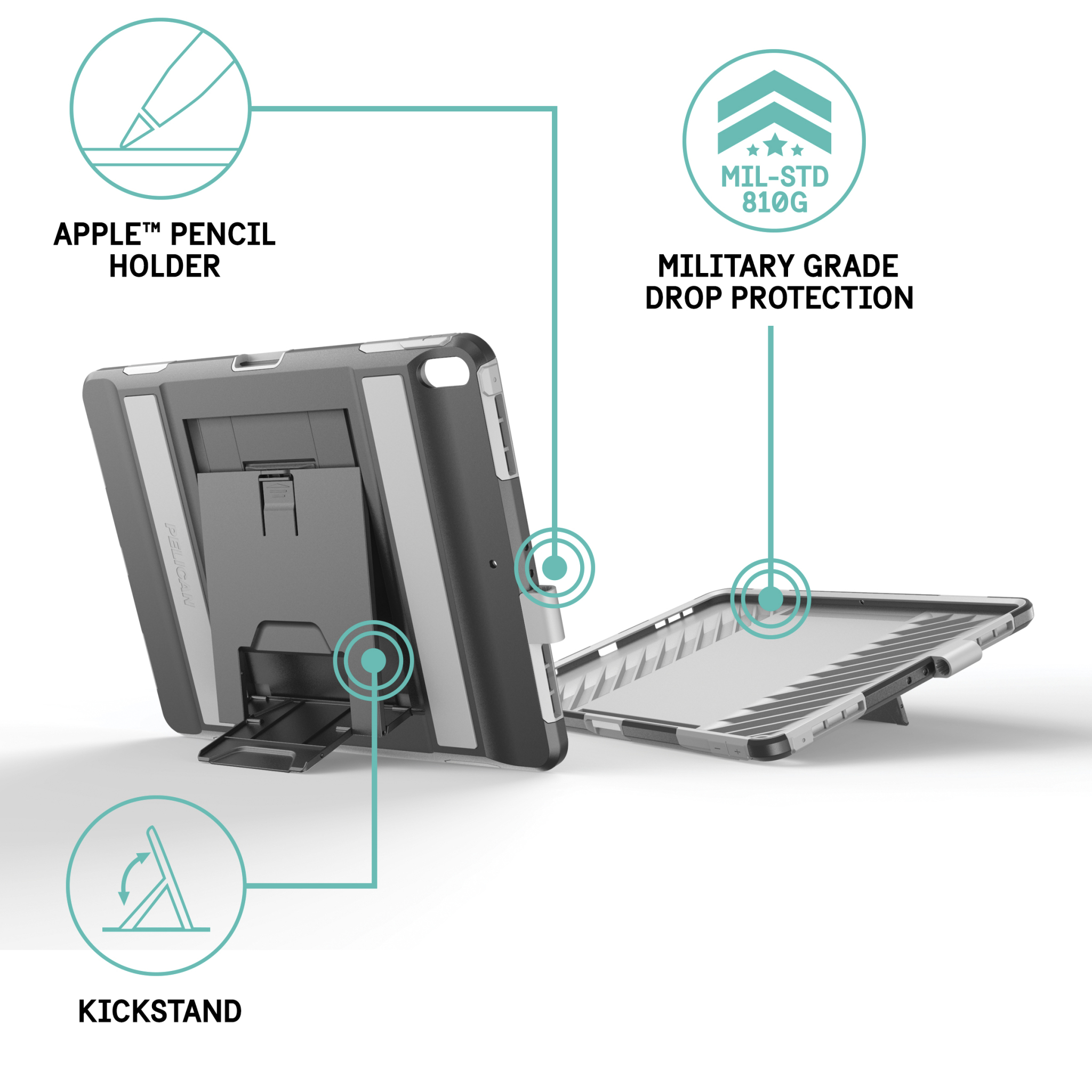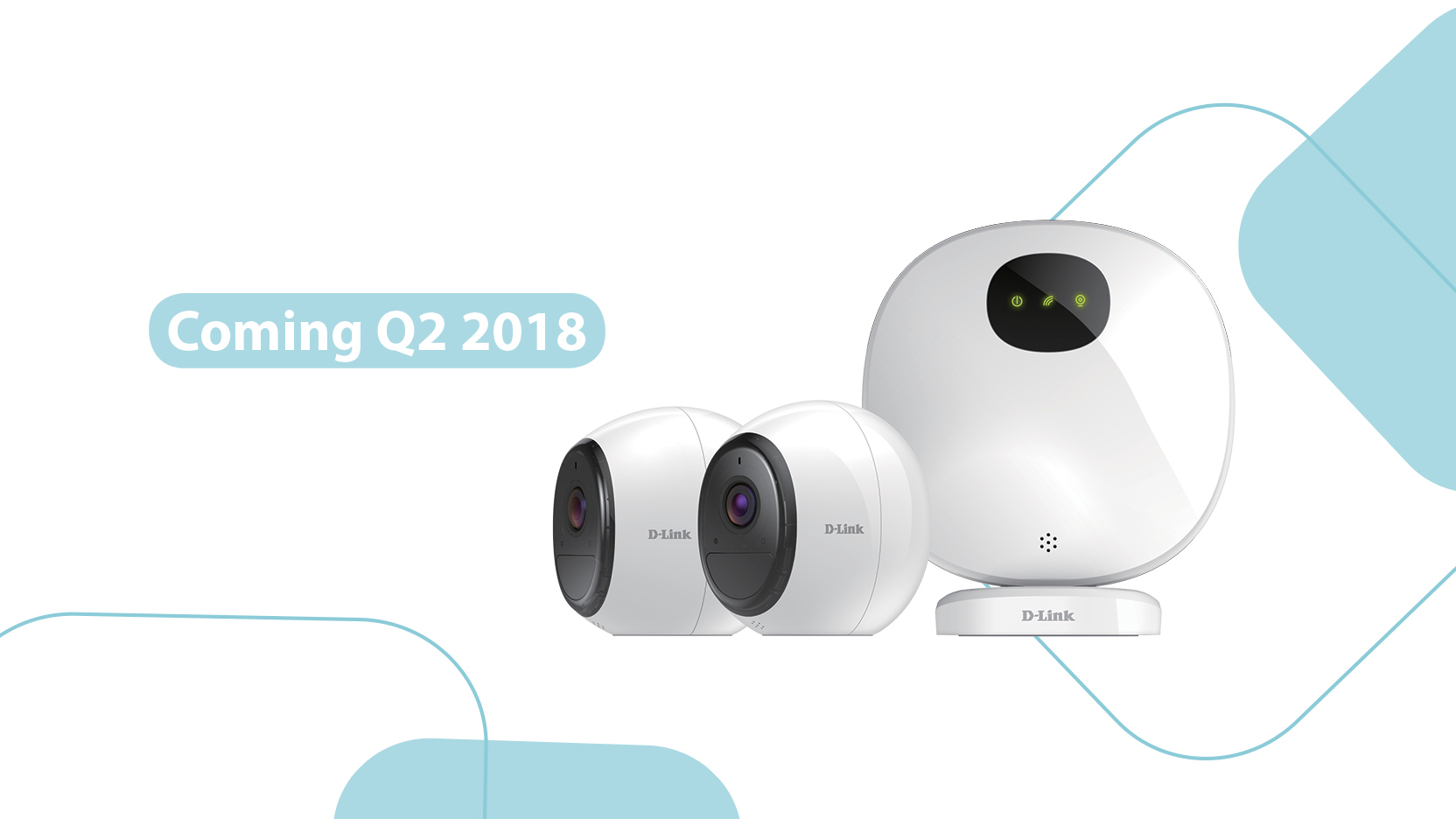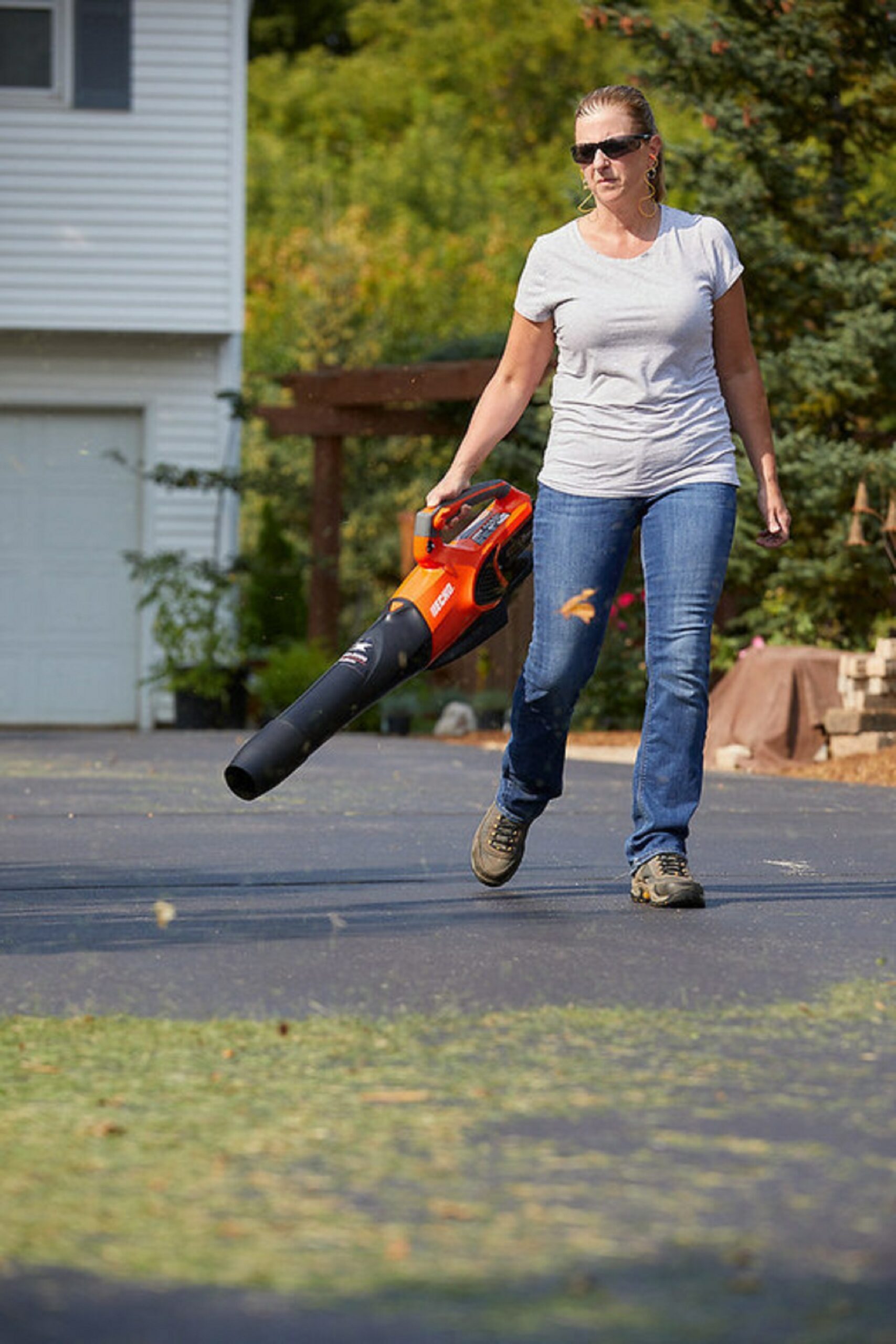Haier Unveils Complete Smart Home Solutions at CES

The solutions resolve difficulties in intercommunication between devices, a fundamental component of the holistic smart home
LAS VEGAS, Jan. 11, 2018 /PRNewswire/ — The 51st CES, the world’s most influential event for the technology industry, was held in Las Vegas from January 9th to 12th, Pacific Time. Intelligence and technology became the mainstream at this year’s session, where more than 3,900 exhibitors from around the world showcased their latest technological achievements.
Chinese brand Haier displayed the world’s first complete, one-stop smart home solutions, making the firm a pioneer in creating a better life for today’s consumers. After visiting more than 10 home appliance manufacturers from around the world, an expert group from the Stanford Artificial Intelligence Laboratory said that there are three barriers to the adoption of smart homes: lack of unified protocols/single point of access, passive services and the lack of complete solutions. Haier’s Smart Home has overcome the three barriers.
Build the world’s No. 1 smart home brand by introducing the world’s first series of complete smart home solutions
Haier showcased the world’s first series of complete “all-in-one” smart home solutions in the nearly 1,000-square meter exhibition area. The open ecosystem-based solutions use network-enabled products, including the Xinchu Refrigerator and the Magic Mirror for the bathroom, which are installed and deployed in five spaces within the home creating the smart living room, the smart kitchen and the smart bathroom, each of which serve as interactive control centers, enabling the integration of seven ecosystems – air, water, food, cleaning, security, health and entertainment, delivering what can genuinely be called a “smart home”.
According to site staff, Haier’s exhibition area is subdivided into four zones: the GE Appliances zone, the smart home experience zone, the U+ platform and chips zone as well as the whole-home smart experience zone. Haier was able to faithfully create the whole-home smart experience where the entire living quarters are equipped end-to-end with intelligent appliances. The smart home experience zone showcased scenarios including the smart living room, the smart kitchen and five whole-home solutions.
In the Product Experience zone where the firm’s lead items were displayed and in the GE Appliances zone, Haier showcased a variety of network-enabled products that are expected to disrupt the market including the world’s first IoT fiber-grade washing machine, which can automatically identify the fabrics of the clothes and select the corresponding wash and dry cycles, as well as the world’s first intelligent multi-zone cooling and heating air conditioner featuring intelligent recognition and air zoning.
Haier moves to revolutionize the fragmented smart home market
As shown at CES, the smart home has become an industry trend. Yet, most companies have only launched single products which cannot operate interactively in an effective manner. Users are forced to download several apps if they want to experience all smart products. At CES, Haier introduced revolutionary solutions which can help the industry overcome the three barriers.
In 2014, Hair took the lead in creating the U+ smart life platform, which, with an open interface protocol, enables access to multiple home appliances and services via the platform and provides the interconnections between them. To overcome the passive intelligent control of most home appliances, Haier, by leveraging AI technologies, broke open the “information island” and enabled home appliances to be able to proactively serve users the way that users want to be served through continuous learning and analysis.
Haier also installed all of the necessary capabilities to assure a fully “end-to-end”, holistic experience, that encompasses the design of the products, the sales process and the after-sales services, integrating the fragmented household market into a synergetic ecosystem. Haier’s open smart life platform now has more than 50 million users, generating, on average 437.2 billion interactions daily.
Global brand strength helps the worldwide launch of Haier smart home
How is it that could Haier launch the world’s first one-stop and complete smart home solutions and successfully promote adoption by families? The answer is Haier’s global business portfolio: the six world-leading brands that are in its stable – Haier, GE Appliances, Fisher & Paykel, Casarte, Leader and AQUA. The six brands form the world’s largest home appliance brand cluster, giving Haier the ability to provide every appliance that the average home needs while establishing the right environment and necessary support for the launch of Haier’s smart home solutions.
Haier has always adhered to what the firm refers to as the “trinity” localization strategy: establishing localized R&D, manufacturing, and markets in each region to meet the expectations of users for a “smart life” anywhere and establishing well-known local brands in each market. In addition, Haier’s fast execution in R&D once a new innovation has been put on the drawing board is made possible by its 10 strategically-placed R&D centers and R&D capabilities around the world and has been key to the success of its smart home business.
The Dashunguang community interaction platform, the COSMOPlat personalized mass-customization platform and the U+ open innovation platform Haier launched at the Global Innovation Leader Summit laid the foundation for the launch of Haier’s one-stop smart home solutions. Over the past 33 years, Haier has been chosen by 1 billion users in more than 160 countries and regions worldwide, and topped the Most Valuable Brand List for nine consecutive years.
Behind the birth of a new industry, there must be a very powerful model supporting it. Haier’s exploration into smart home solutions is based on what the firm refers to as the rendanheyi model, which, when translated from the Chinese, means, “maker-customer integration”. Haier’s one-stop and complete smart home solutions meet the expectations of users when it comes to what they would like to see in a smart home, while laying a foundation for ending the fragmentation hobbling the emerging industry.
SOURCE Haier





